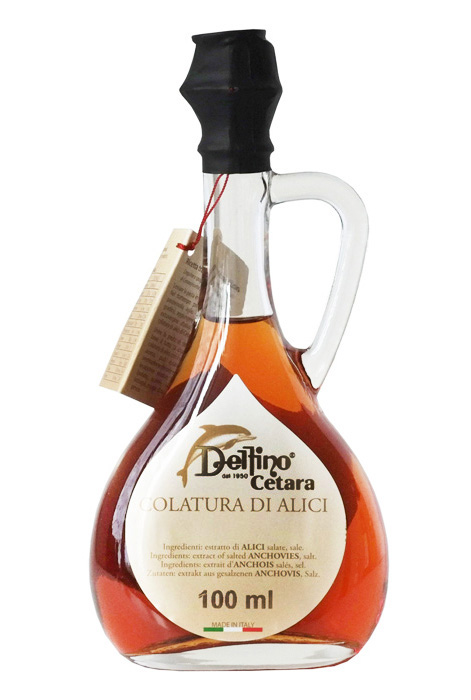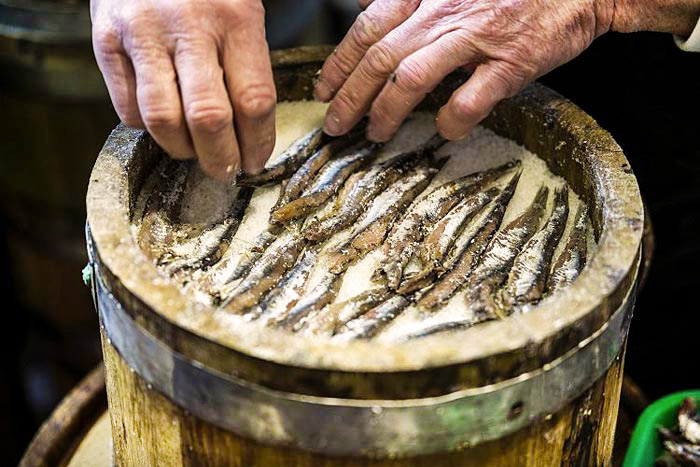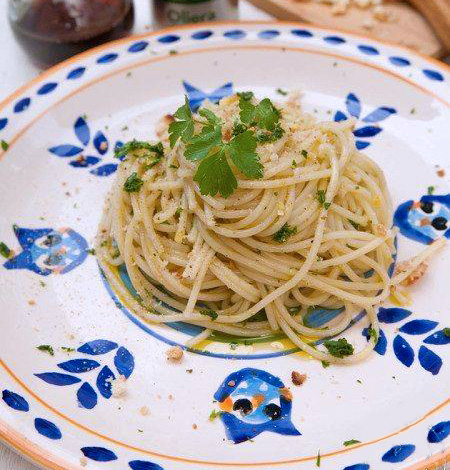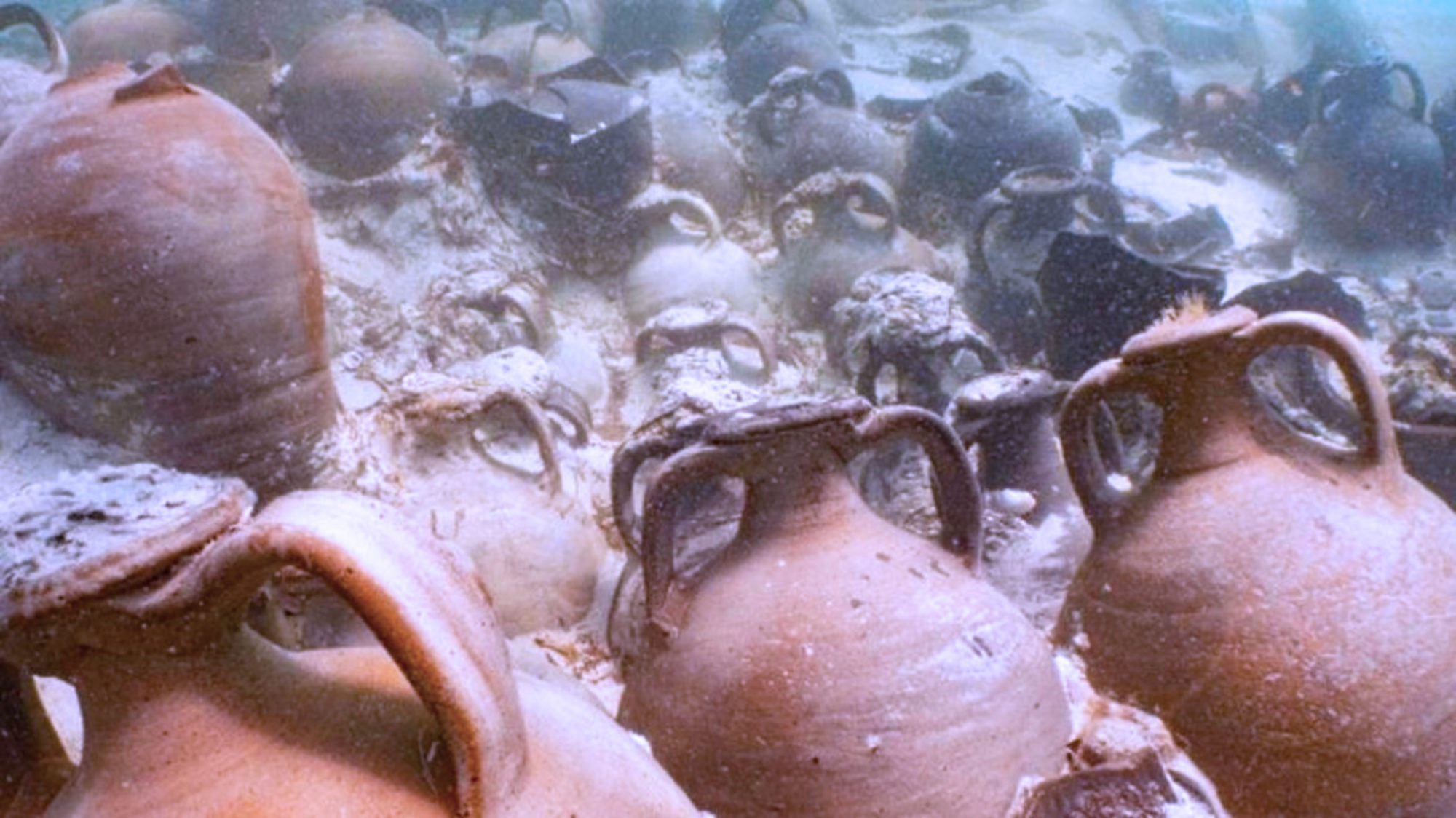Garum is believed to be the most popular condiment in Ancient Rome. Many of the anchovy-based condiments that we use today, including colatura di alici and Worcestershire sauce, can trace their development back to the popularity and flavor characteristics of the ancient pungent, fermented condiment.

making garum
Archeologists have uncovered fish pools, giant vats and jars used to age and hold sauce in numerous parts of the Roman Empire. The testing of the jars always revealed the same residue, garum. Curiously, factories which produced the sauce always seemed to be a bit removed from the population centers, suggesting that the production of the sauce was rather odiferous. Jars of it still have ‘bite’ even though they have sat for almost 1800 years in the sunken remains of vessels in the Mediterranean Sea. Various writers throughout the ages have described its potency, but despite the odor, garum was immensely popular.
Apicius, a collection of Roman recipes named for the first century gourmet Marcus Gavius Apicious, is filled with references to the condiment. It was used in everything from porridge to olive oil and was even included in honey-based sauces. Similar to olive oil and wine, there were various grades of garum. Much like wine today, a highly-prized bottle could fetch the equivalent of hundreds of dollars, while the lowest quality could be had for a few dollars.
Premium garum was made with the whole fish, usually mackerel and salt. The cheaper ones were made with fish entrails, blood and salt. With the collapse of the Roman Empire came the fall of garum. This was not due to a change in the tastes of people during the ‘Dark Ages,’ it was economics that did it in. The tax on salt, which became astronomical during the Early Middle Ages, made garum ridiculously expensive to produce.

bucatini with garum
The once-bustling garum factories eventually became ruins, but what did not disappear was a craving for its flavor notes. The closest condiment that you will find today that has the features of Roman garum is colatura di alici, which roughly translates as anchovy drippings. It is an amber-colored sauce made by fermenting anchovies in brine. The anchovies are traditionally harvested from the Amalfi Coast during the five months between the Annunciation and the Feast of Mary Magdalene. The sauce is described by industry professionals as a forerunner of Worcestershire sauce, which unbeknownst to most users, contains anchovies.
Traditionally aged for three years in wooden barrels, colatura has a smoothness to round out the pungency of the fish, but it is still quite potent. Modern versions of condiments that are called garum are more mild and nuanced than their ancient predecessor. You will find them in Italian specialty stores alongside colatura di alici. For potency, nothing matches the latter. It is not cheap; a three ounce bottle costs about $12, but it goes a long way. The unique taste of colatura is satisfying, especially when used in pasta dishes. Try it with this bucatini recipe and see what all the fuss was about two thousand years ago.

Bucatini di Alici
Ingredients
- 16 oz bucatini
- 4 tbsp olive oil
- 2 tbsp of colatura (anchovy paste is an option)
- 1 lemon, zested
- 3 tbsp parsley
- 1 tbsp red pepper flakes
- salt and pepper to taste
Preparation
Bring a large pot of salted water to a boil and cook the bucatini. Reserve a cup of pasta water then drain.
Whisk the olive oil, lemon zest, anchovy paste and red pepper flakes together in a small bowl and set aside.
Place the pasta back in the pot and coat with the olive oil mixture, stirring until combined, over a medium flame. Add the pasta water a tablespoon at a time until the pasta becomes glossy with sauce. Add the parsley then salt and pepper to taste.





